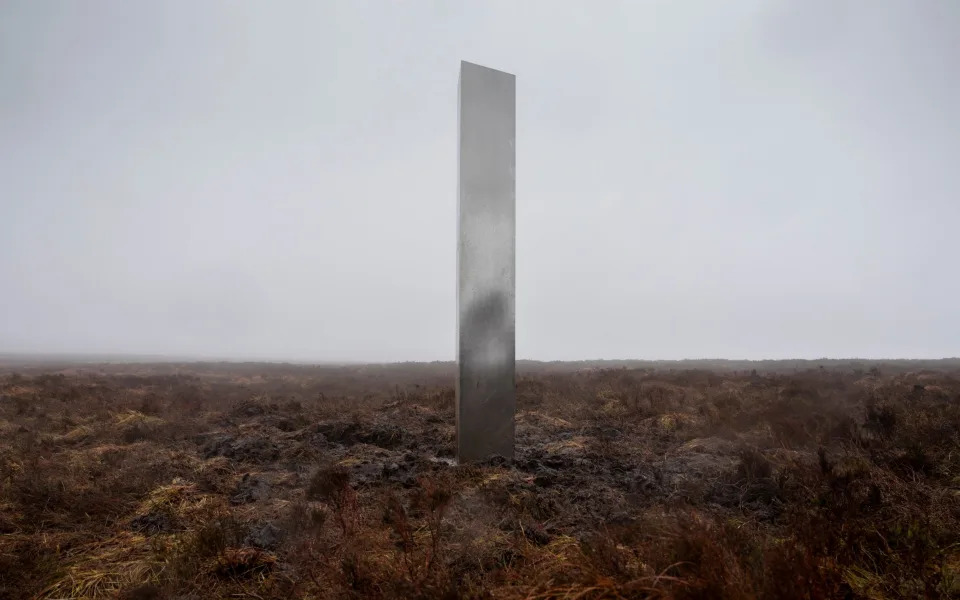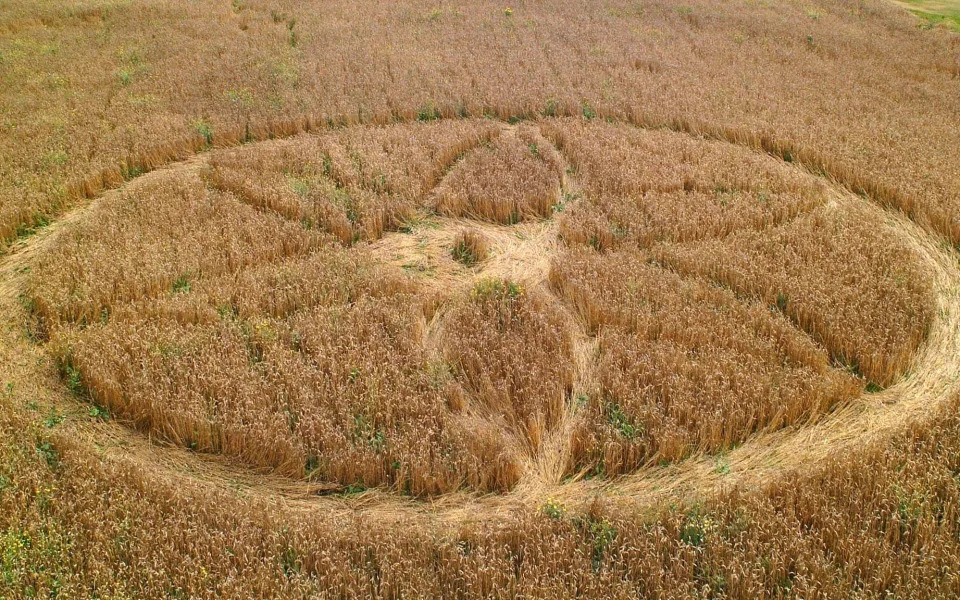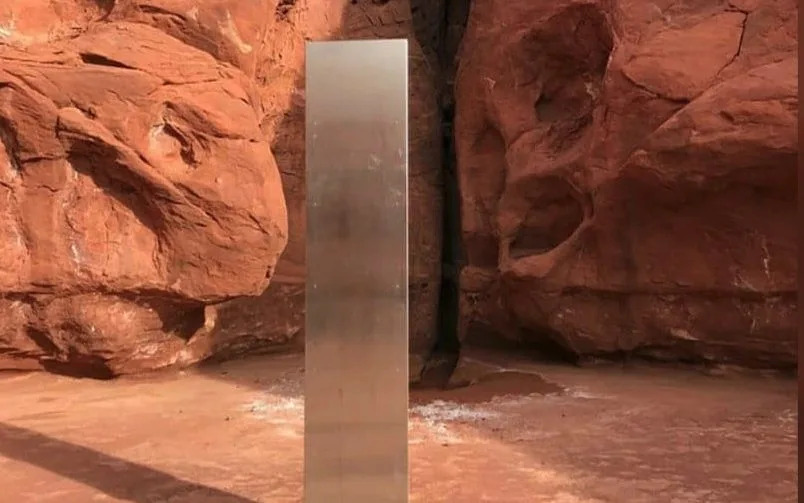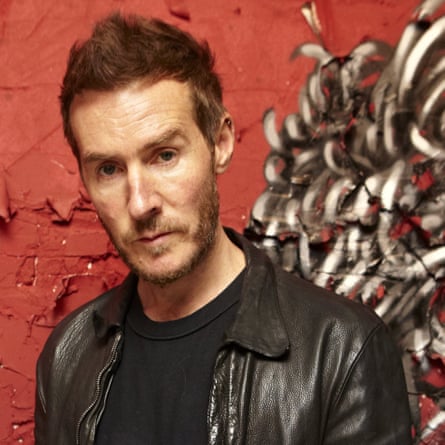Police seized hundreds of millions of euros worth of forged paintings attributed to Pablo Picasso, Andy Warhol, Banksy and others. The suspects allegedly attempted to sell the artworks at auction houses.
Police in Italy have seized more than 2,100 forged artworks that were attributed to dozens of greats like Pablo Picasso, Vincent Van Gogh, Andy Warhol and Banksy.
Investigators said on Monday that the artworks had a potential market value of €200 million ($215 million).
The chief prosecutor of Pisa, Teresa Angela Camelio, said experts from the Banksy archive assisted with the investigation and considered it to be "the biggest act of protection of Banksy's work."
Other artists whose works were allegedly forged include Salvador Dali, Jean-Michel Basquiat, Keith Haring, Claude Monet, Marc Chagall, Jackson Pollock, Piet Mondrian, Gustav Klimt, Wassily Kandinsky, Francis Bacon and many more.
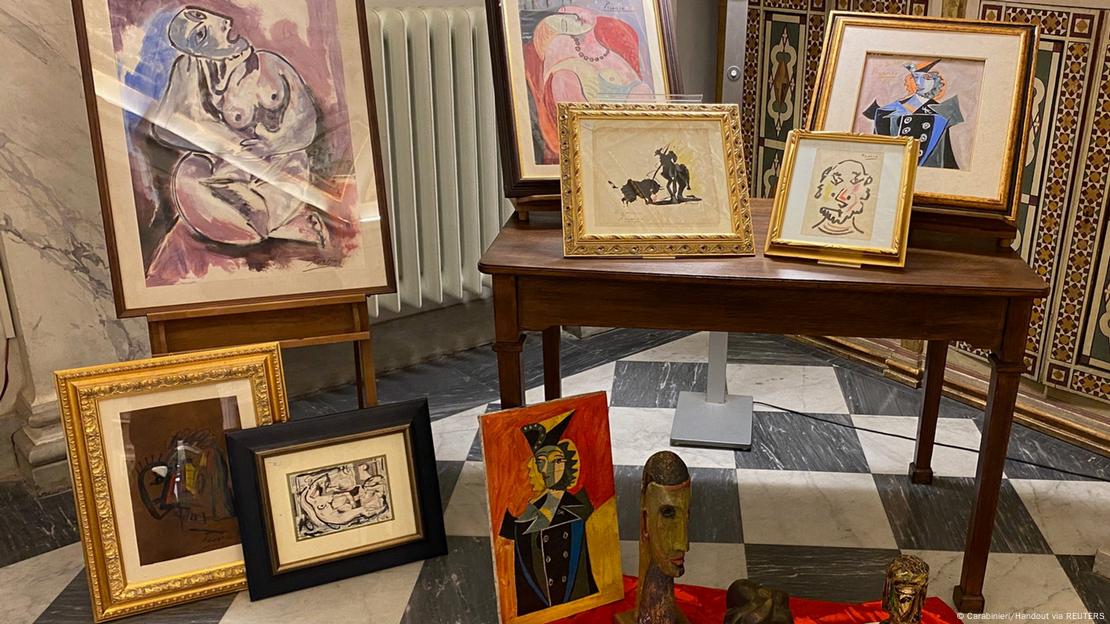
Police allege network of forgery workshops
Some 38 people were probed in an investigation that spanned Italy, Spain, France and Belgium.
They were suspected of conspiracy to handle stolen goods, forgery, and illegal sale of artworks, the Pisa prosecutor's office and Carabinieri art squad said in a joint statement.
Italian police uncovered two art forgery workshops in Tuscany and one in Venice. European investigations then identified three more workshops abroad.
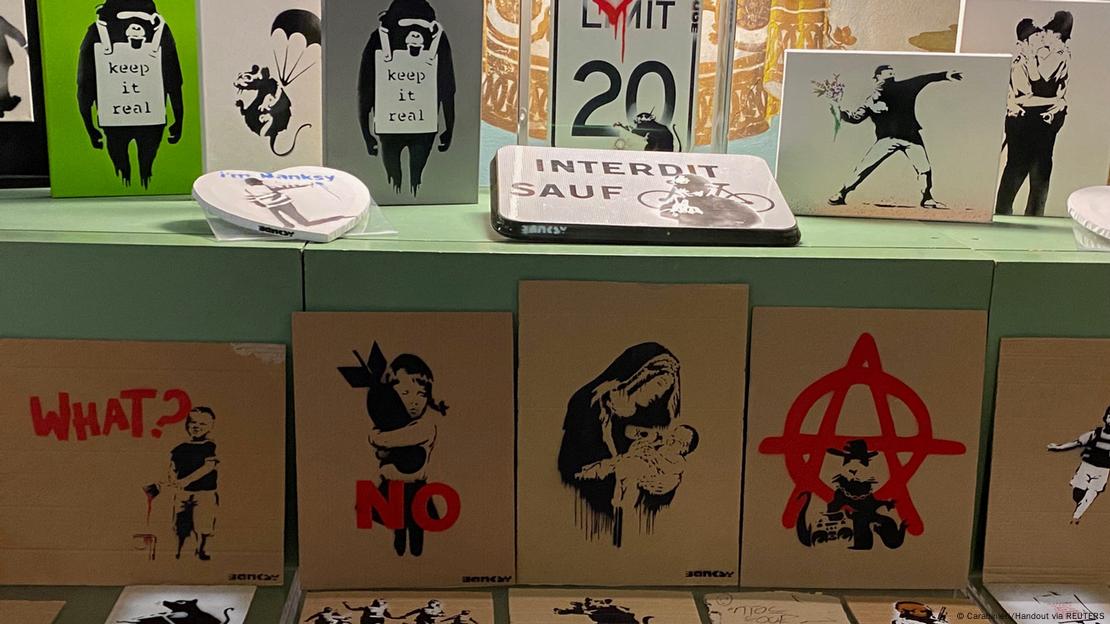
The suspects were accused of producing the forged artworks in their own workshops before contacting Italian auction houses to sell the pieces.
The network of alleged forgers even organized entire exhibitions at prestigious locations in order to boost their credibility, completing with published art catalogs.
zc/rmt (Reuters, EFE)

 EPA
EPA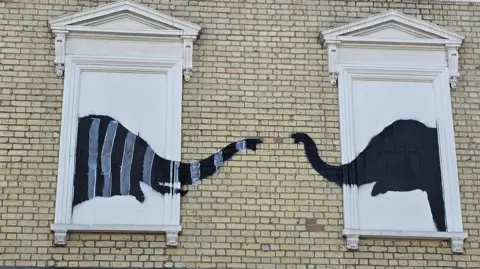 Handout
Handout


















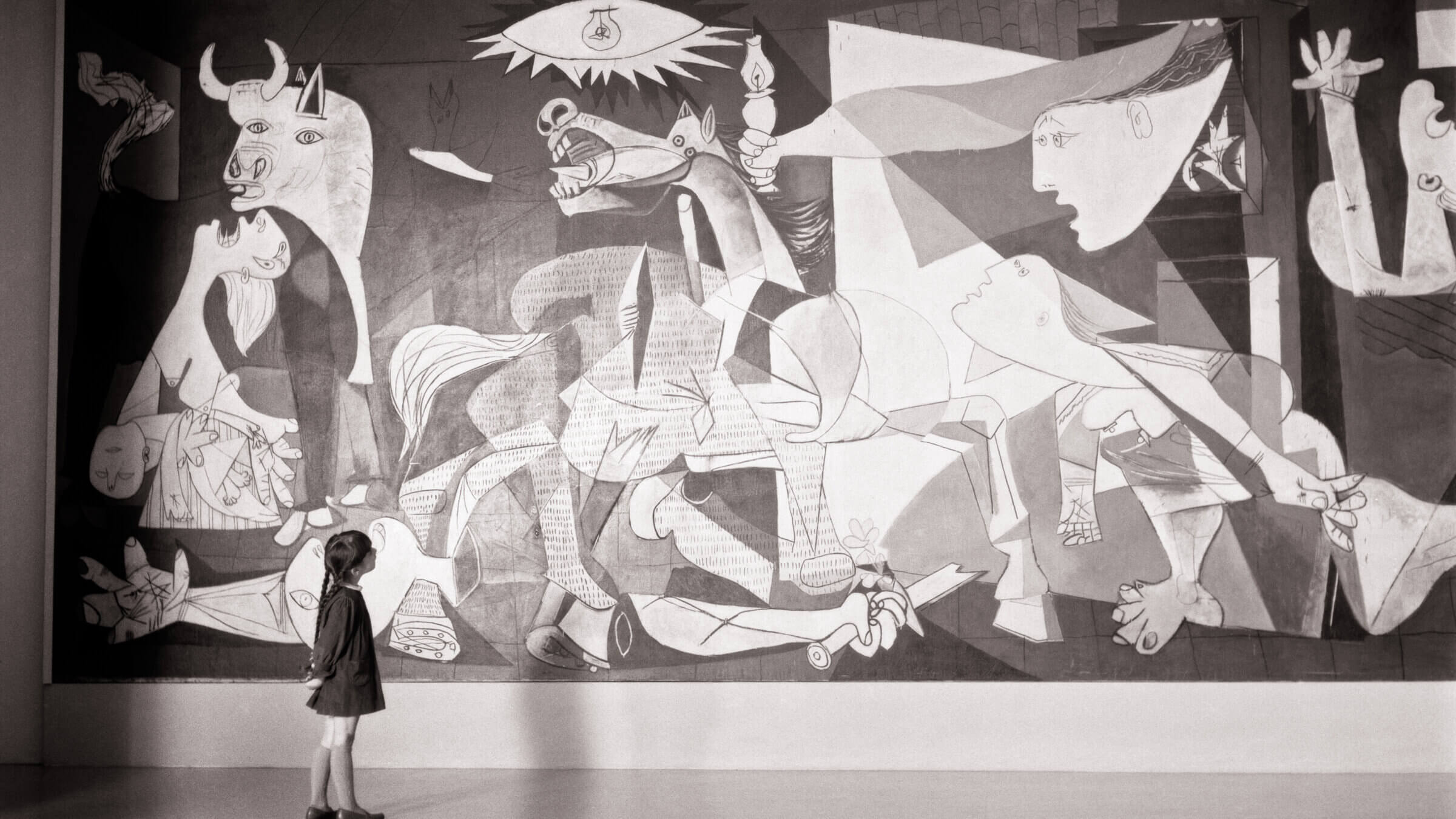
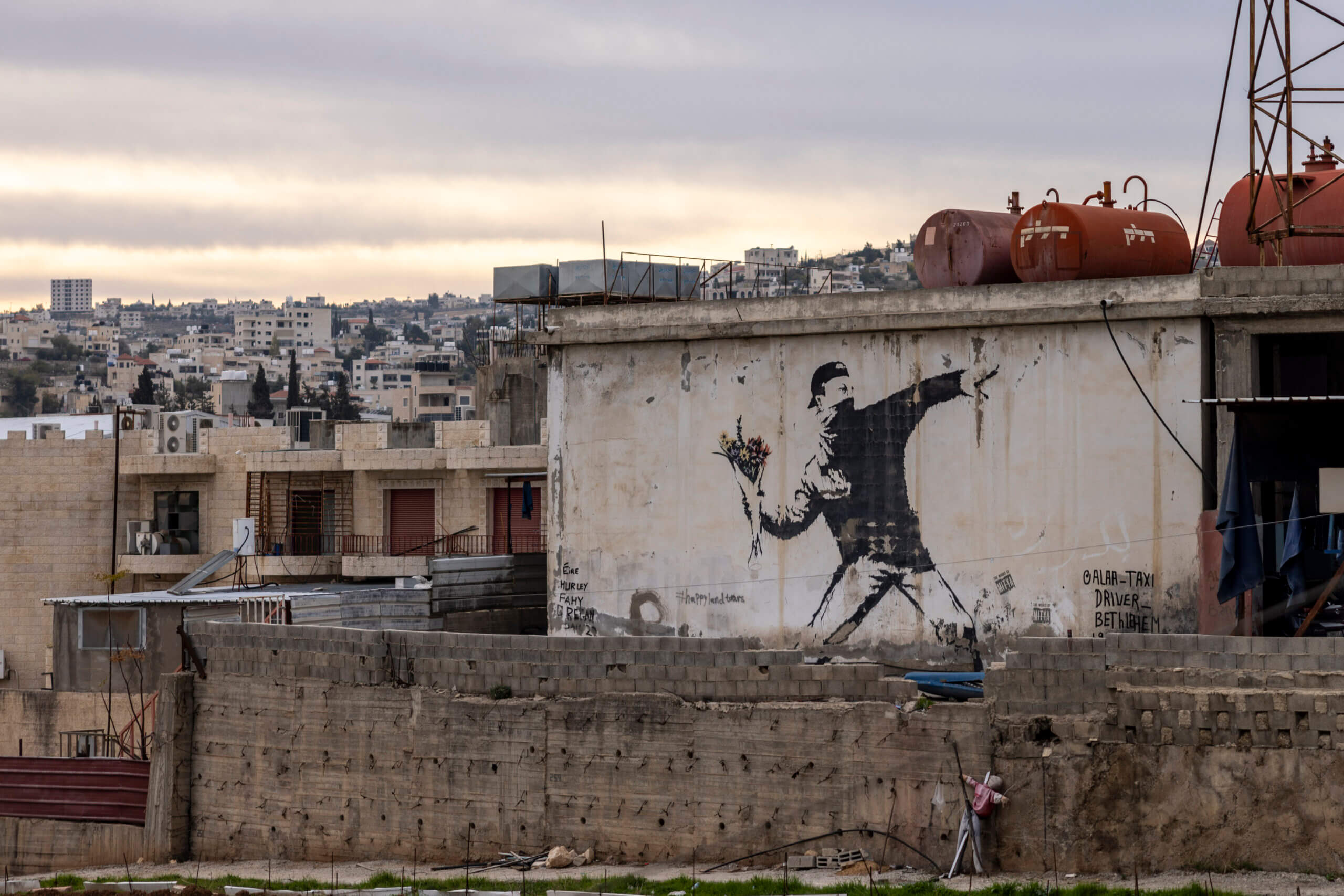
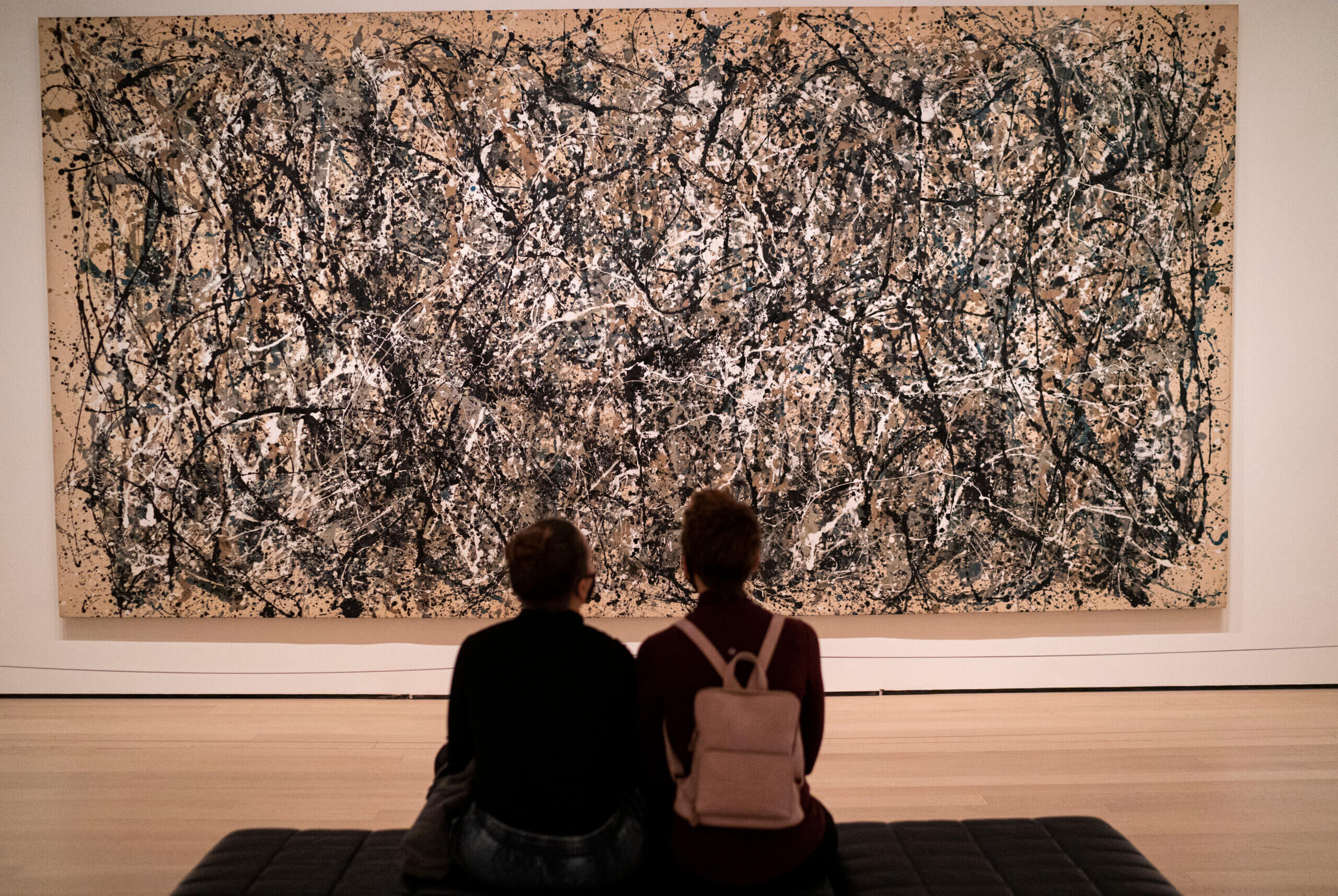 Jackson Pollock’s One: Number 31, 1950. Courtesy of Getty Images
Jackson Pollock’s One: Number 31, 1950. Courtesy of Getty Images




